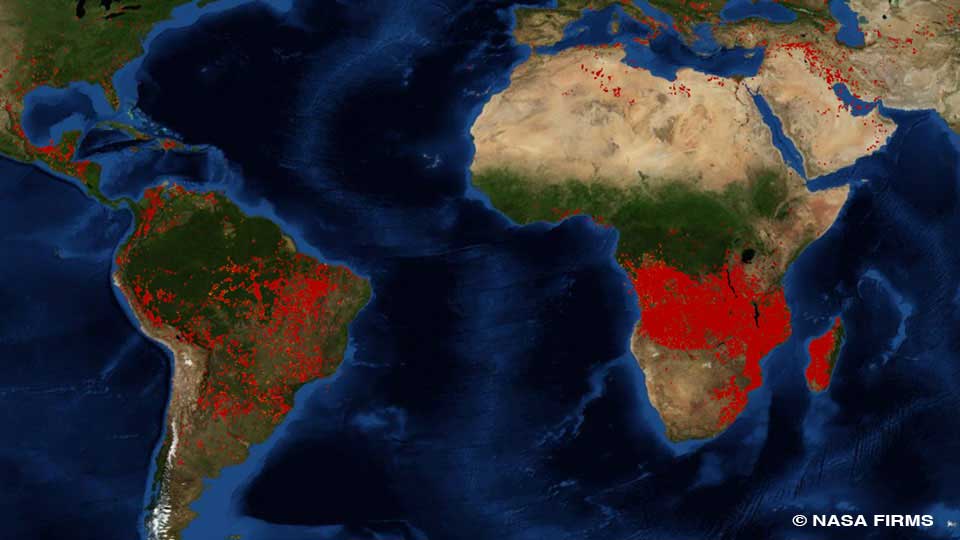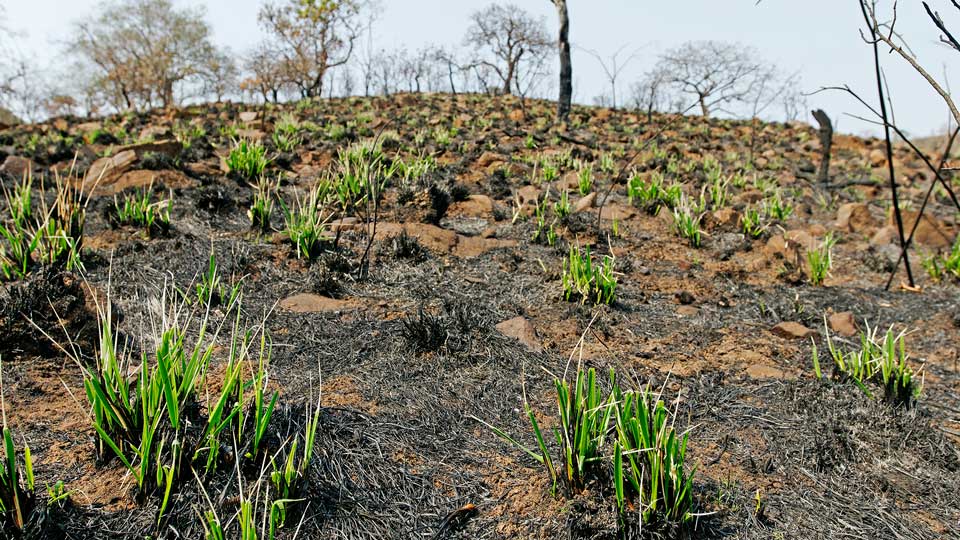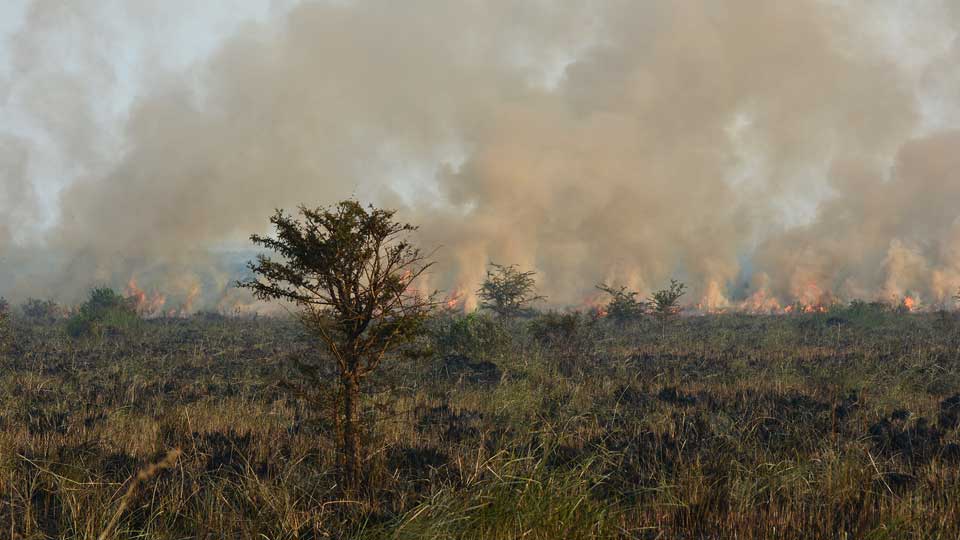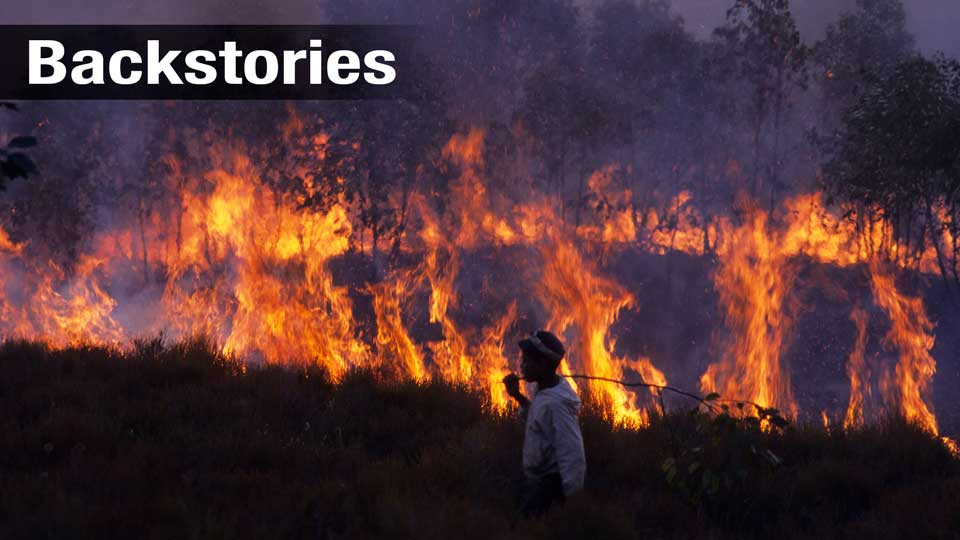According to NASA, roughly 70% of the 10,000 fires burning across the planet are in Africa. The news sparked concern, but it also had me reminiscing about my early childhood life in the rural parts of South Africa. Growing up in the remote town of Ganalaagte, about 300 kilometers from Johannesburg, we relied on some form of deforestation to gather wood to make fires at home because we had no electricity. That was often our only source of energy for cooking and heating during the cold winter months.

We didn't just cut down trees. We also burned some fields to clear space to grow more crops and raise cattle. These practices were normal and for us they often marked the changing of the seasons. As children, the fires were always fun to watch, and we learned from our elders about the importance of setting the fields alight. If you had told me then that I would one day be in a profession that fights for the protection of forests and avoiding wildfires to combat climate change, I would never have believed you.
Fast forward twenty-something years and most of those rural areas in which I once lived now have access to electricity. You would think that there would be no need to cut down trees or set grasslands on fire. Furthermore, with advancements in agricultural technology, we now have more environmentally friendly ways of clearing and preparing land for grazing and farming.
So, the question is: Why are there still so many fires on the continent. Could they be natural? The answer is both yes and no. Natural fires occur frequently in forests, on mountains and, of course, in dry, bushy grasslands. These can be caused by lightning, falling rocks, as well as hot and dry weather conditions.
Berg winds -- which are hot, dry winds blowing from the mountains to the coast -- and vast dry grasslands in South Africa are a great recipe for fires. Furthermore, some plants in South Africa are either fire prone or they actually need fires. The flames break open their cones and release their seeds.

As I mentioned, people are starting fires deliberately for various reasons. But they're also starting them by mistake through reckless behavior, such as dropping half-lit cigarette butts or throwing out home ash that still has burning coal inside. Some of the results have been devastating.
It came as no surprise when, as children, we would see or hear of fires in fields not so far from our homes. The fires back then were brief and easily contained. But veldfires, a South African term for field or mountain fires, whether natural or man-made, pose a great risk to both the environment and human lives. In 2017, fires in the Western Cape province destroyed over 500 properties and forced more than 7,000 people to evacuate.
Veldfires are becoming a serious problem in South Africa and many other African countries. They can grow to disastrous sizes and engulf natural habitats, crops, wild animals and people.

The rural area I grew up in has now been developed with more infrastructure and buildings. Urban areas on the African continent are growing and growing, and getting closer to those grasslands and forests that are prone to fires.
And many of us have become urbanized, abandoned our traditional practices, and in many cases lost the knowledge our ancestors had about the complexities of these fires. And so we're unable to protect our biodiversity, our assets and most importantly, our lives.

